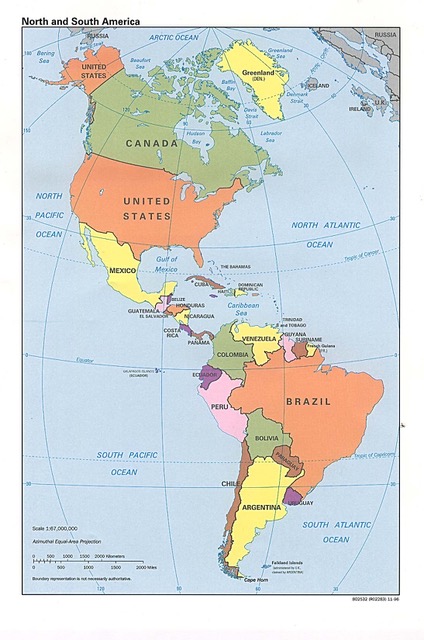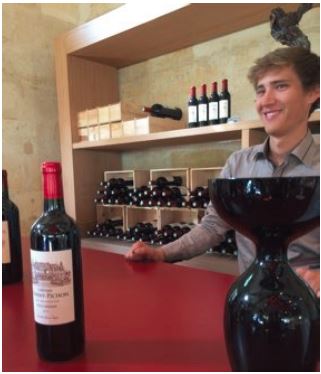 Saint-Émilion – September 9 – Day 2
Saint-Émilion – September 9 – Day 2
The name Saint Emilion brings to mind two contrasting images from our tour: an expansive contemporary new building for an old winery and a cloistered stone walled room below a 12 century church lived in for 17 years by a simple man known for his devotion to the church. Emilion’s popularity grew to such proportions that he turned away from his destination on a pilgrimage to hermit himself here in a small French village that today bears is name.
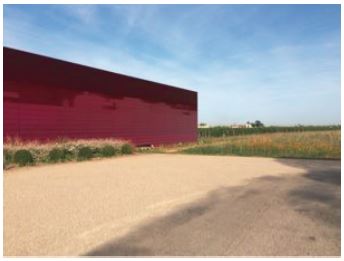 Saint-Émilion winery is between Bordeaux and Sarlat. A well recognized French architect, Jean Nouvel redesigned the classical building considering every step of the wine making process that today appears to flow efficiently. Every aspect of the process functions with care to the space and to the environment and to augment the efficiency of the process. The exterior wall of the building is a striking metallic red colored rectangle of horizontal strips of stainless steel. The color changes with the light and is slightly altered from a bright red to a
Saint-Émilion winery is between Bordeaux and Sarlat. A well recognized French architect, Jean Nouvel redesigned the classical building considering every step of the wine making process that today appears to flow efficiently. Every aspect of the process functions with care to the space and to the environment and to augment the efficiency of the process. The exterior wall of the building is a striking metallic red colored rectangle of horizontal strips of stainless steel. The color changes with the light and is slightly altered from a bright red to a 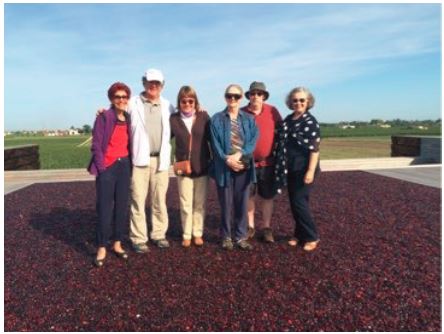 deep maroon – like the color of the grapes. Each strip is tilted a little – just enough to reflect either the sky or the earth – the terrior. On the roof surface is a deck on a flat surface like a swimming pool of glass pebbles in red, maroon and an orange color. When we walk here, it feels like we are stomping on grapes! La
deep maroon – like the color of the grapes. Each strip is tilted a little – just enough to reflect either the sky or the earth – the terrior. On the roof surface is a deck on a flat surface like a swimming pool of glass pebbles in red, maroon and an orange color. When we walk here, it feels like we are stomping on grapes! La
Terrasse Rouge.
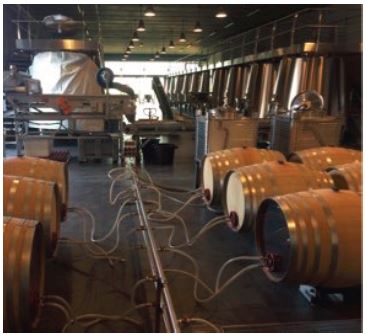 70 pickers will be here in the next two weeks for the annual harvest before the end of the month. The grapes will be separated, then piled into barrels where they crush themselves from their own weight. The skins will separate from the juice and bubble up to the top forming “the hat”. Twice a day the juice is circulated through the hat to allow the tannin to distribute through the wine.The barrels are rolled “naturally” about a quarter turn left or right as if they were on a boat. This technique was learned when wine was shipped to the new world through the busy port city of Bordeaux during the 18th century. This is a “little vineyard” with a mere 120,000 barrels of “aromatic feminine reds”. It is 11 in the morning on our second day in France. We taste a 2007 a very dry year when roots had to go deeper. The wine is 80 percent merlot and 15% cabernet and 5 % franc. This is “Right bank” wine as we are in the valley on the right side of Bordeaux.…and
70 pickers will be here in the next two weeks for the annual harvest before the end of the month. The grapes will be separated, then piled into barrels where they crush themselves from their own weight. The skins will separate from the juice and bubble up to the top forming “the hat”. Twice a day the juice is circulated through the hat to allow the tannin to distribute through the wine.The barrels are rolled “naturally” about a quarter turn left or right as if they were on a boat. This technique was learned when wine was shipped to the new world through the busy port city of Bordeaux during the 18th century. This is a “little vineyard” with a mere 120,000 barrels of “aromatic feminine reds”. It is 11 in the morning on our second day in France. We taste a 2007 a very dry year when roots had to go deeper. The wine is 80 percent merlot and 15% cabernet and 5 % franc. This is “Right bank” wine as we are in the valley on the right side of Bordeaux.…and
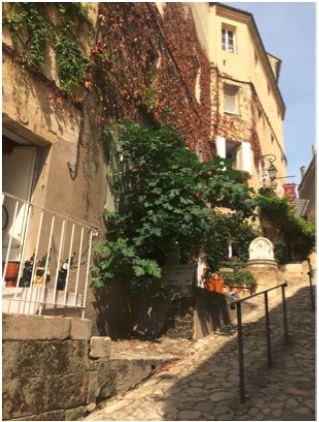 Saint-Émilion is a 12 century maize of steep slippery stone streets that make up the village built by King John – yes, of England. Underground is a most exciting cathedral dug out of the limestone (no pictures allowed). The three story columns that were not dug out are what makes the columns. The three story room is enormous. It took 300 hundred years to carve it from the solid rock limestone – the 9th to the 12th century. Of course, it would be a good place to hide and a good place to retreat. Known as the Eglise Monolithe. It is now, along with the entire village protected as a Unesco World Heritage Site.
Saint-Émilion is a 12 century maize of steep slippery stone streets that make up the village built by King John – yes, of England. Underground is a most exciting cathedral dug out of the limestone (no pictures allowed). The three story columns that were not dug out are what makes the columns. The three story room is enormous. It took 300 hundred years to carve it from the solid rock limestone – the 9th to the 12th century. Of course, it would be a good place to hide and a good place to retreat. Known as the Eglise Monolithe. It is now, along with the entire village protected as a Unesco World Heritage Site.
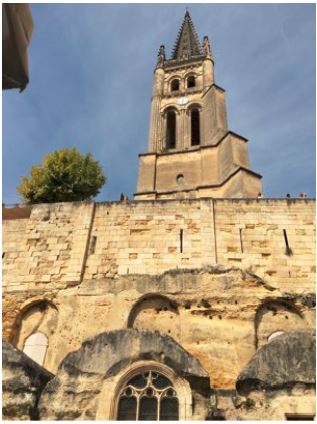 Saint-Émilion was a pilgrim who lived his last 17 years in a limestone natural underground room. He came from Brittany on a pilgrimage as far as this village. He stopped in this simplegrotto where a natural stream flowed under the rock platform of the cave. From a niche, he performed many miracles and baptize followers in the clear river water. It is said that he made bread appear to feed the poor, and he healed blind people. News of his miracles traveled. There is a fertility seat by his alcove. He died 676 AD.
Saint-Émilion was a pilgrim who lived his last 17 years in a limestone natural underground room. He came from Brittany on a pilgrimage as far as this village. He stopped in this simplegrotto where a natural stream flowed under the rock platform of the cave. From a niche, he performed many miracles and baptize followers in the clear river water. It is said that he made bread appear to feed the poor, and he healed blind people. News of his miracles traveled. There is a fertility seat by his alcove. He died 676 AD.



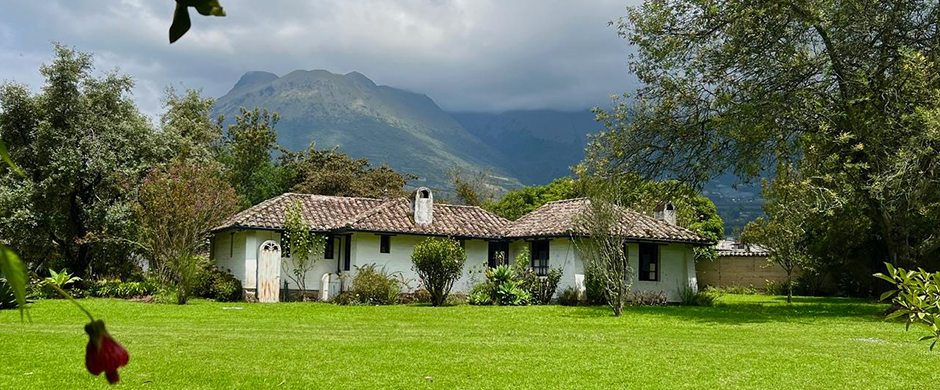
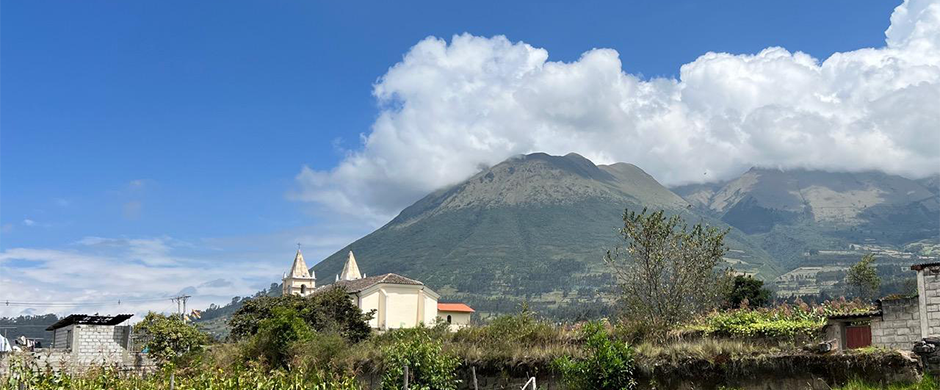
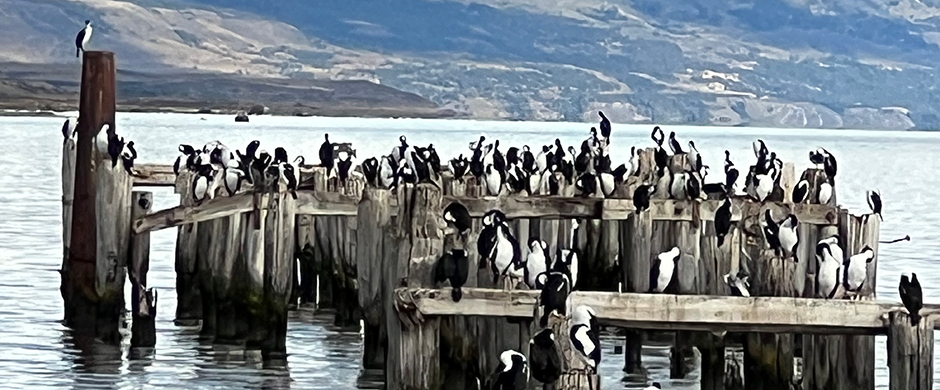
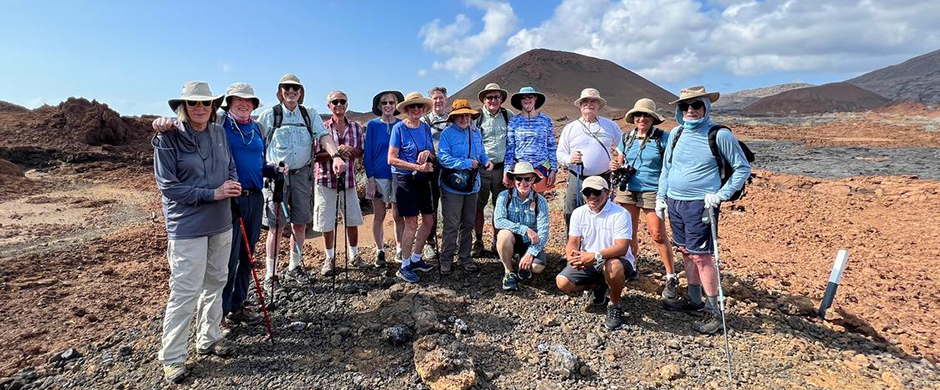
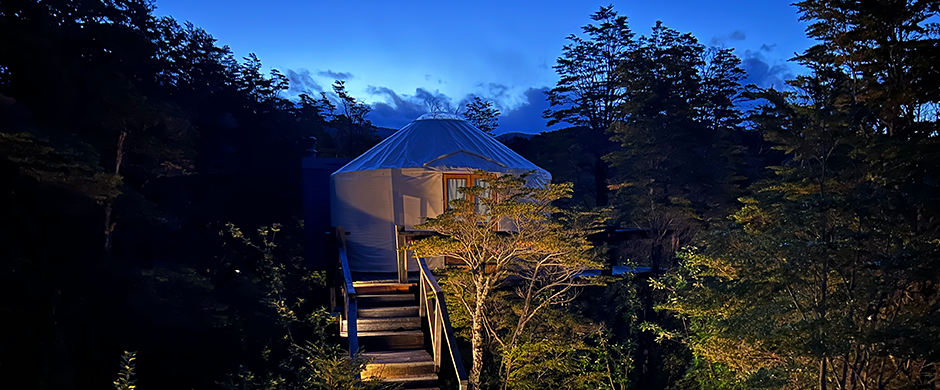
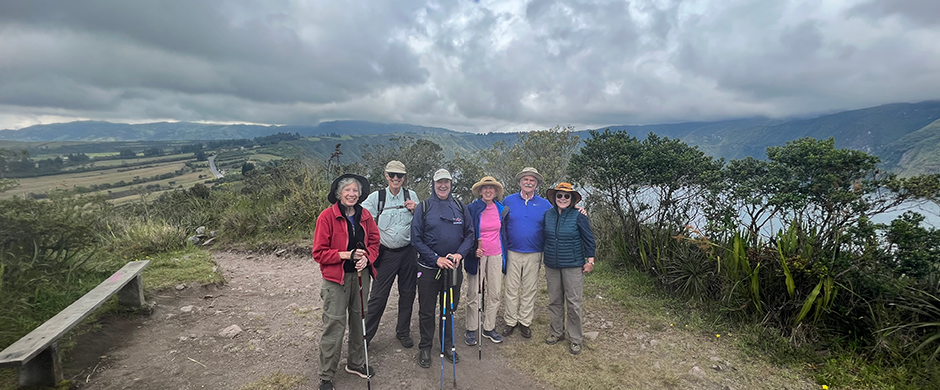
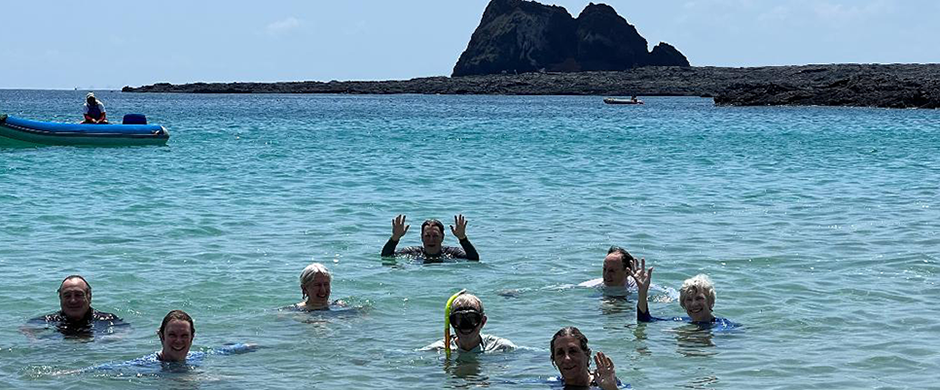
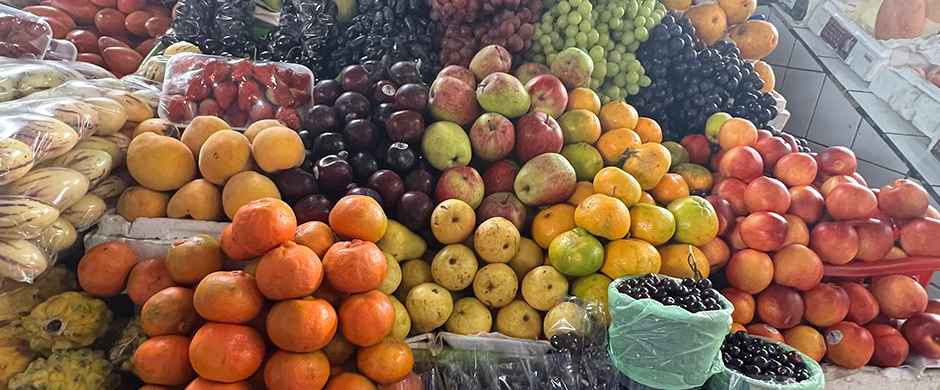
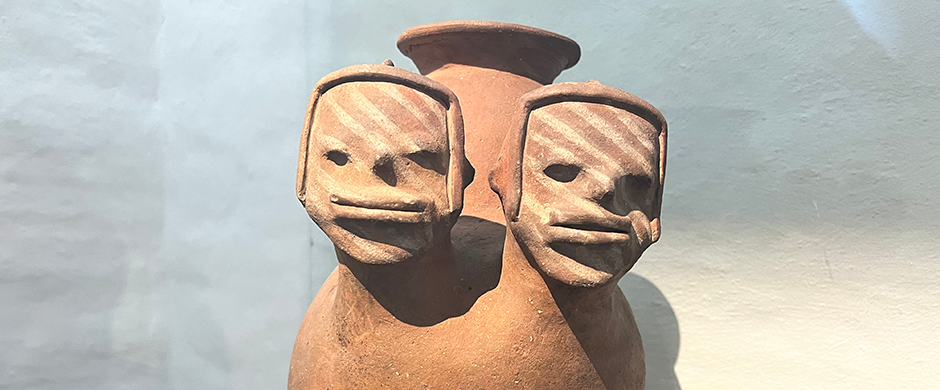
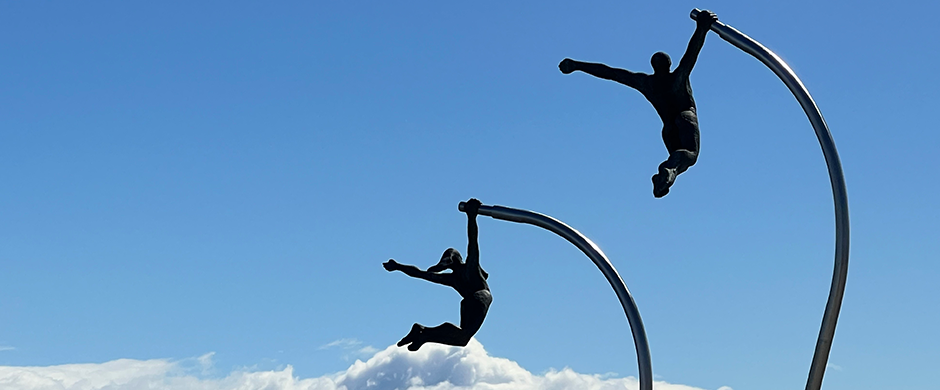
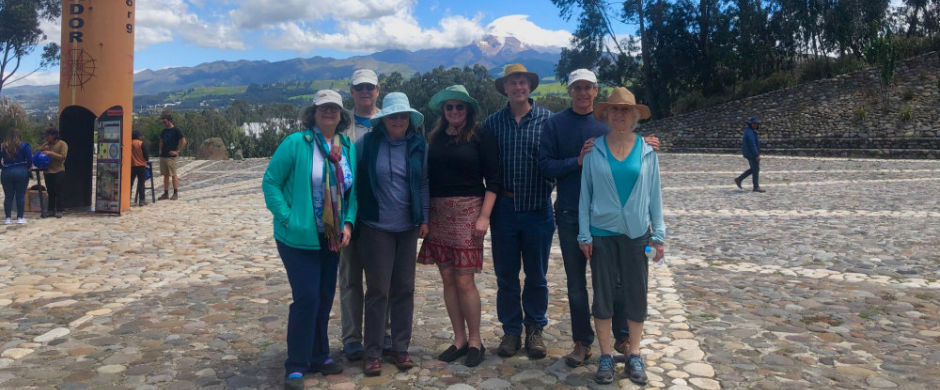
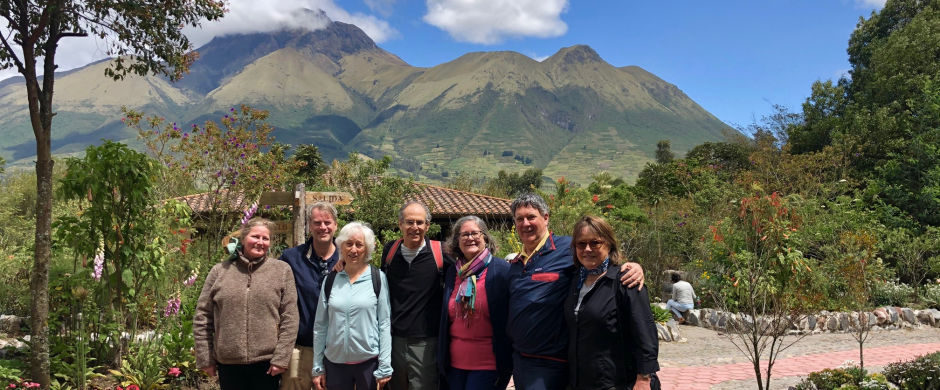
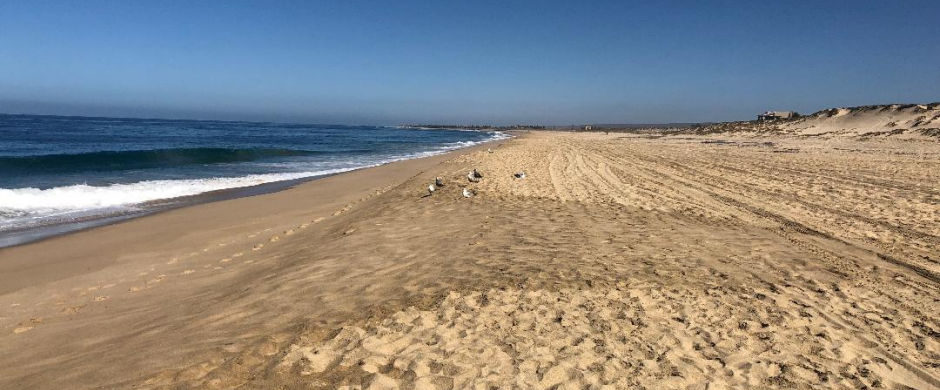
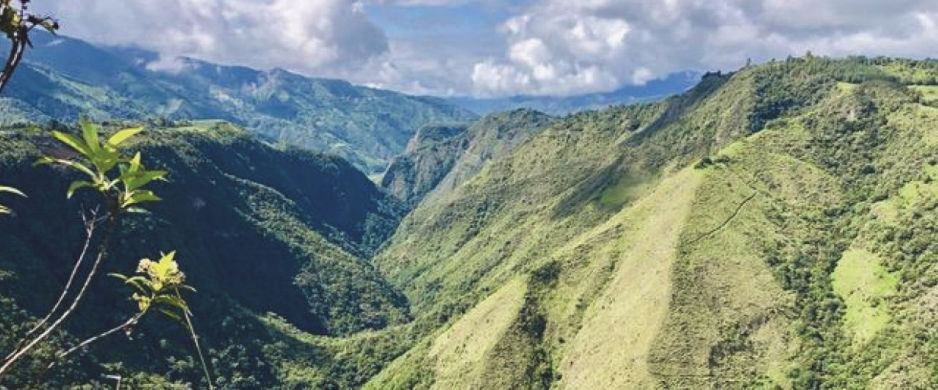
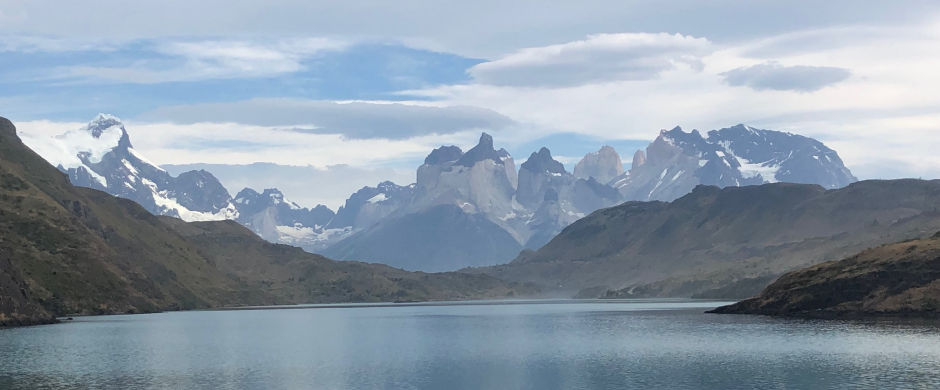
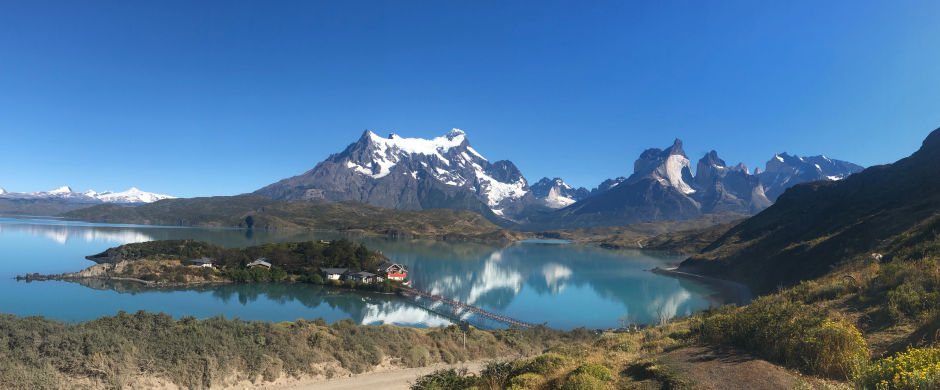
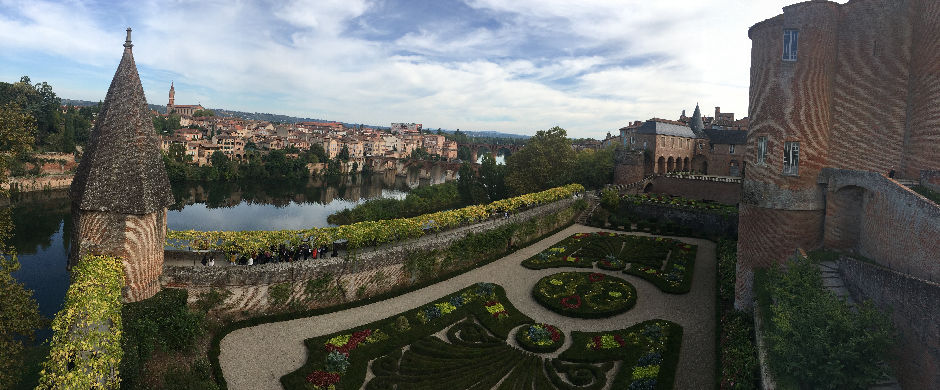
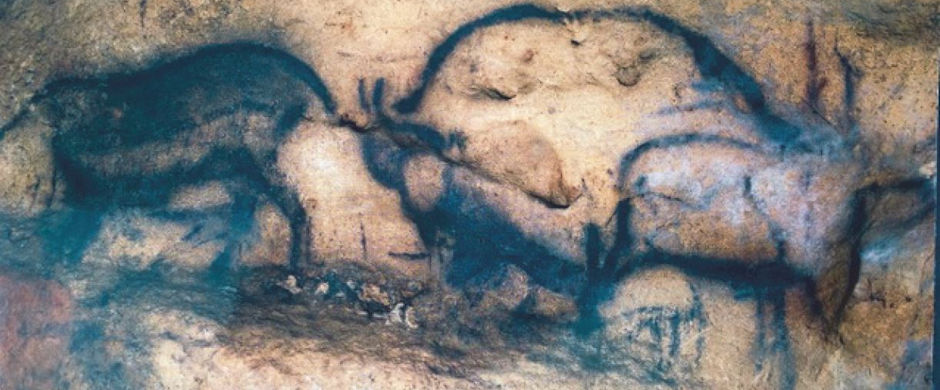



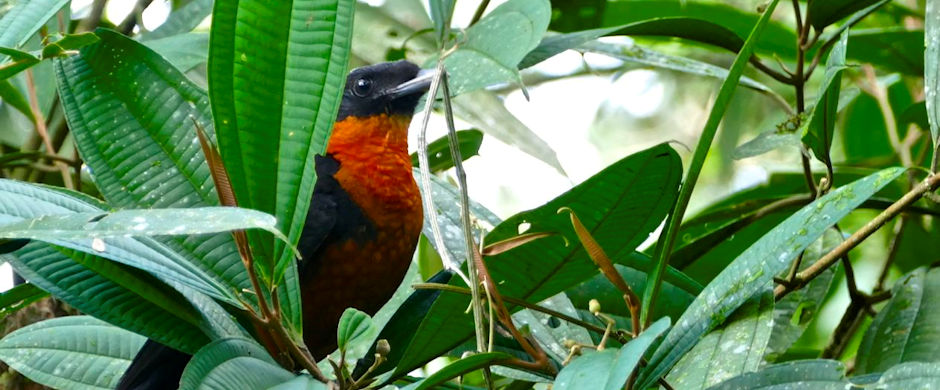


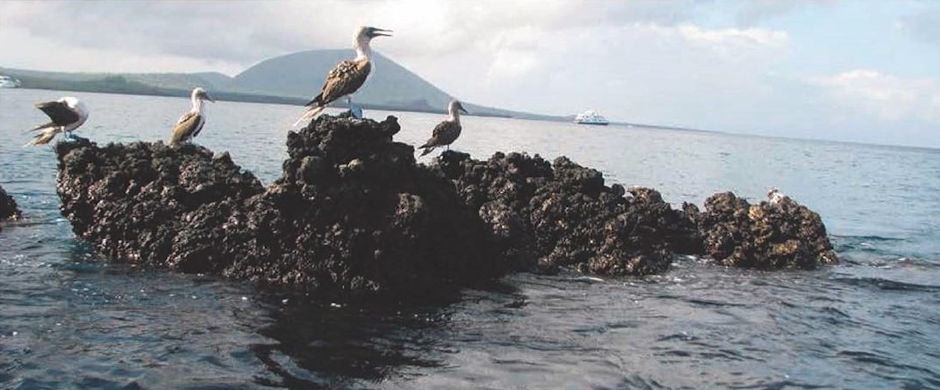

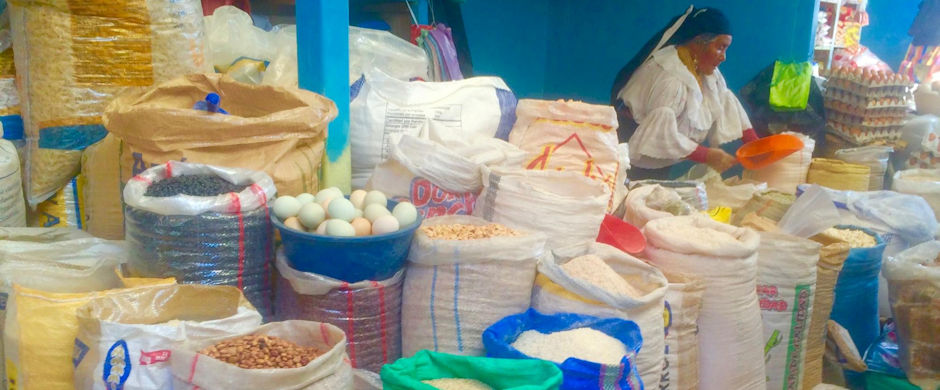

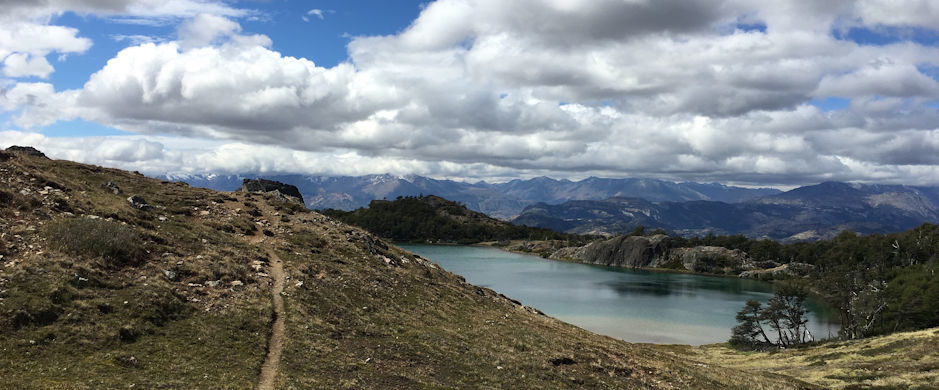
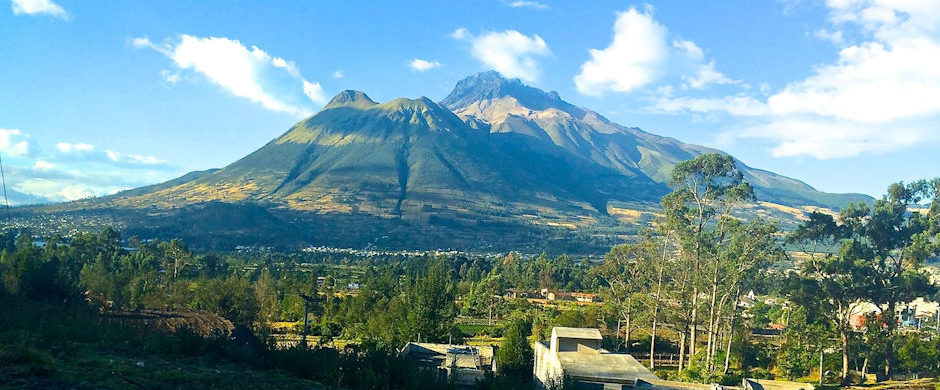
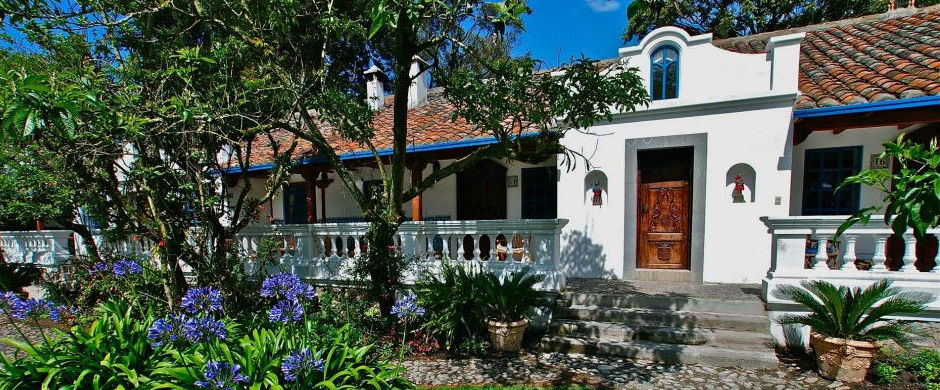
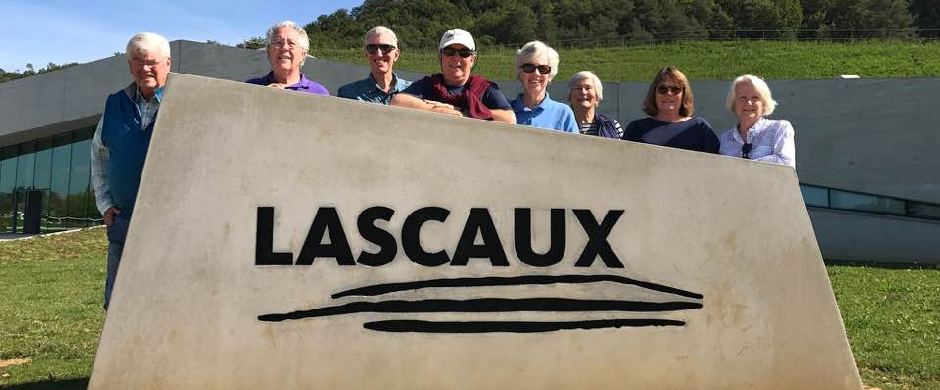
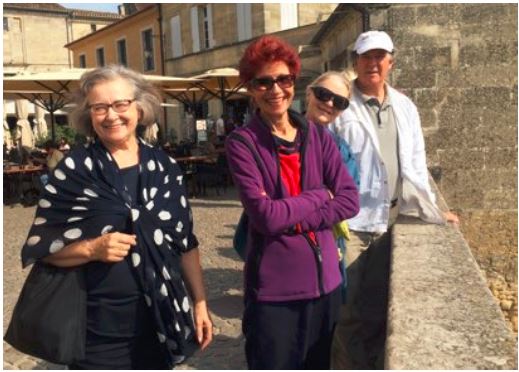
 Follow us
Follow us 